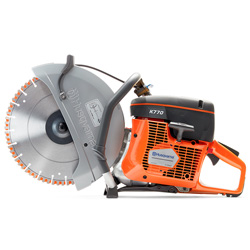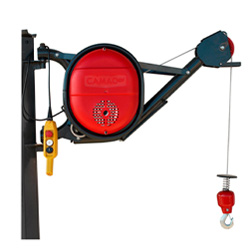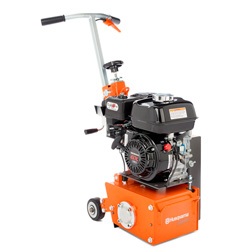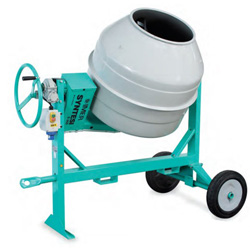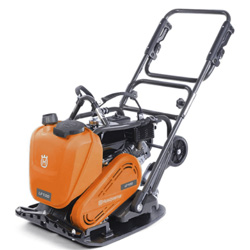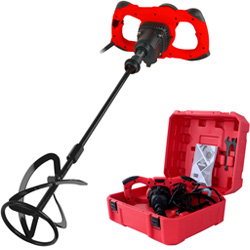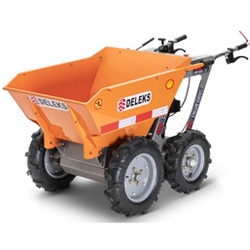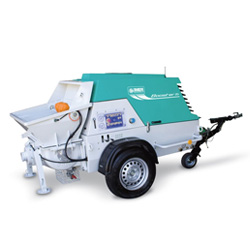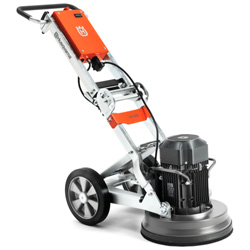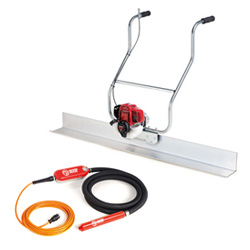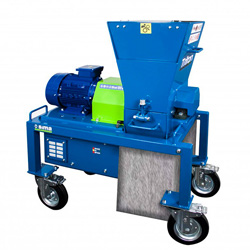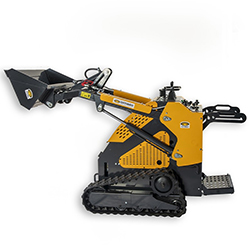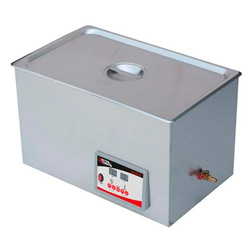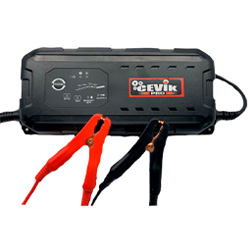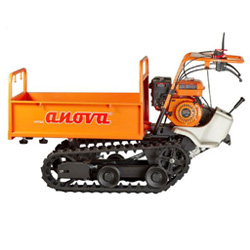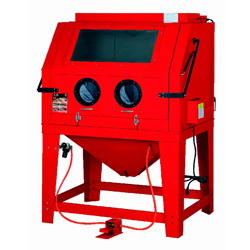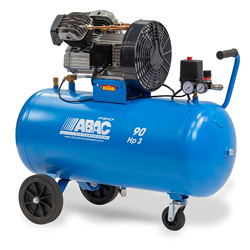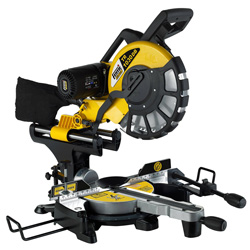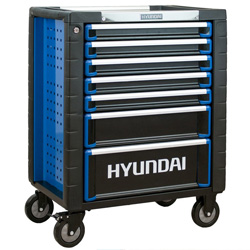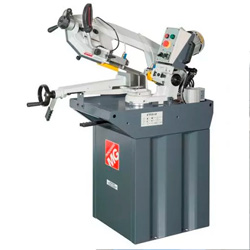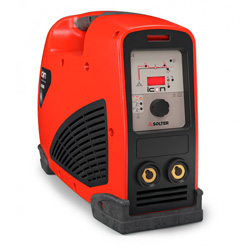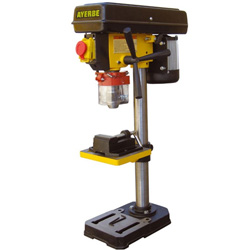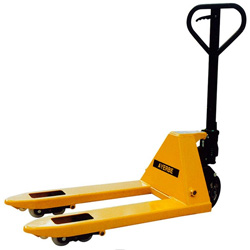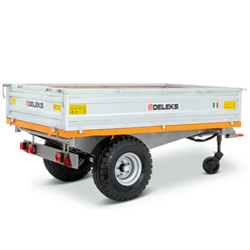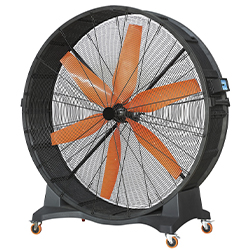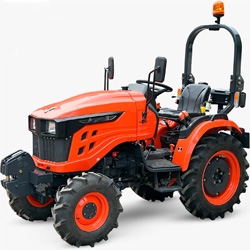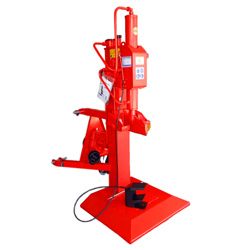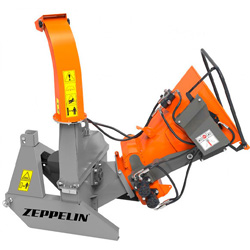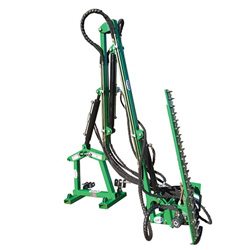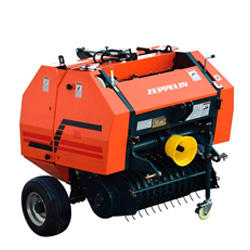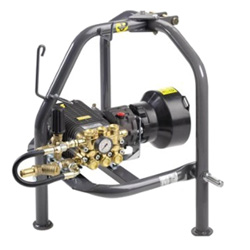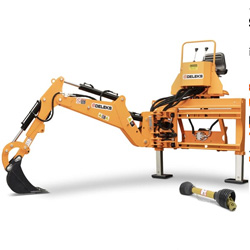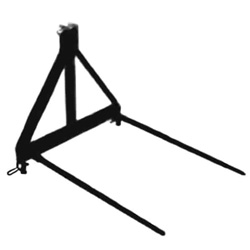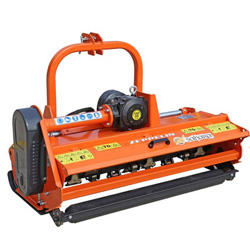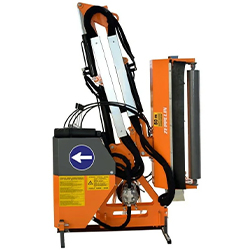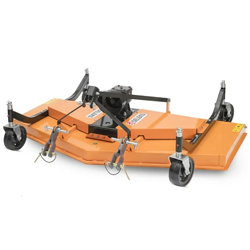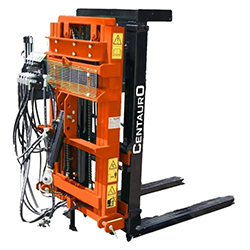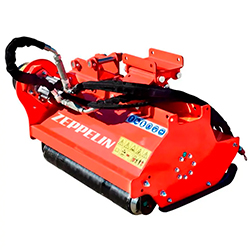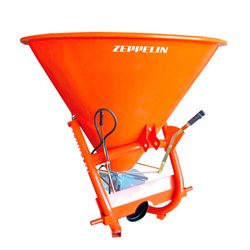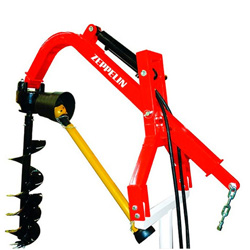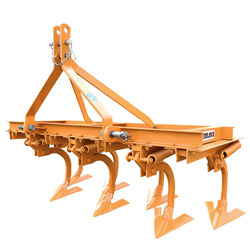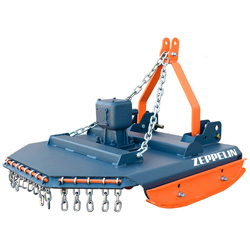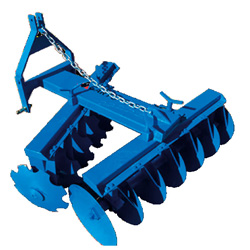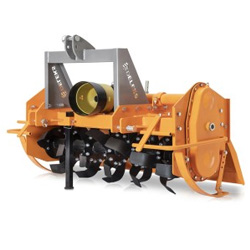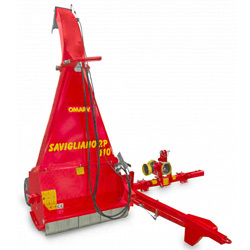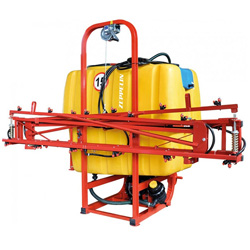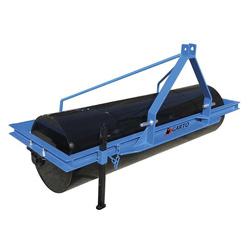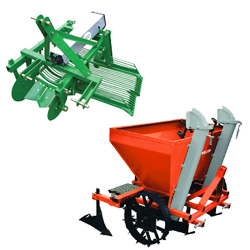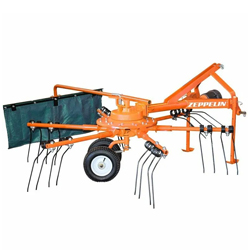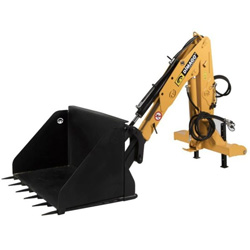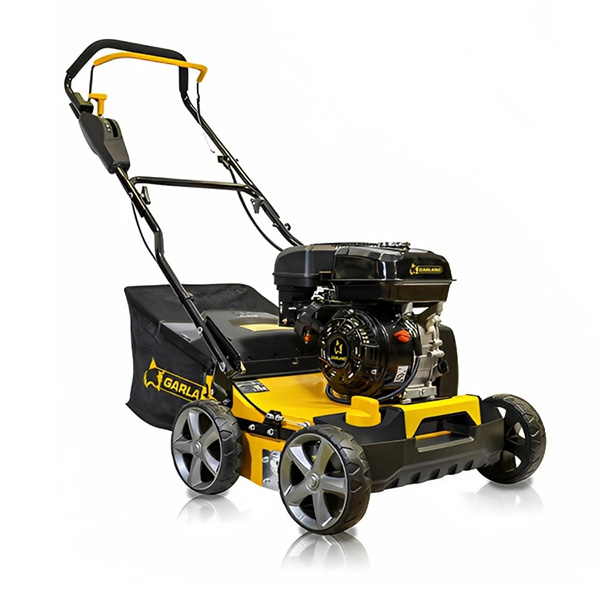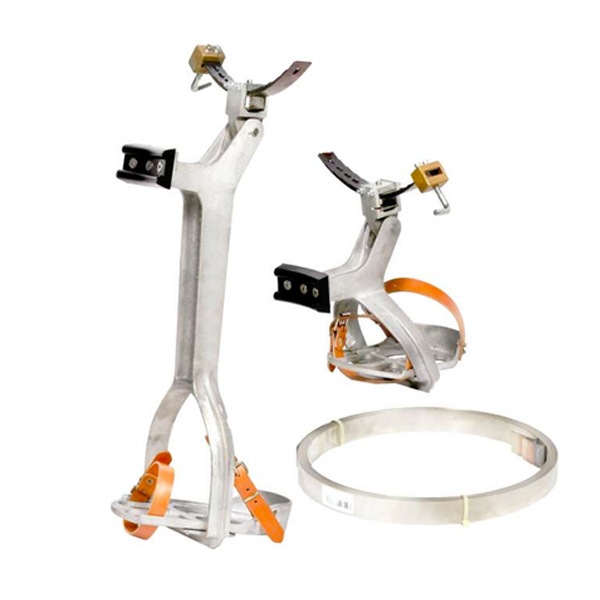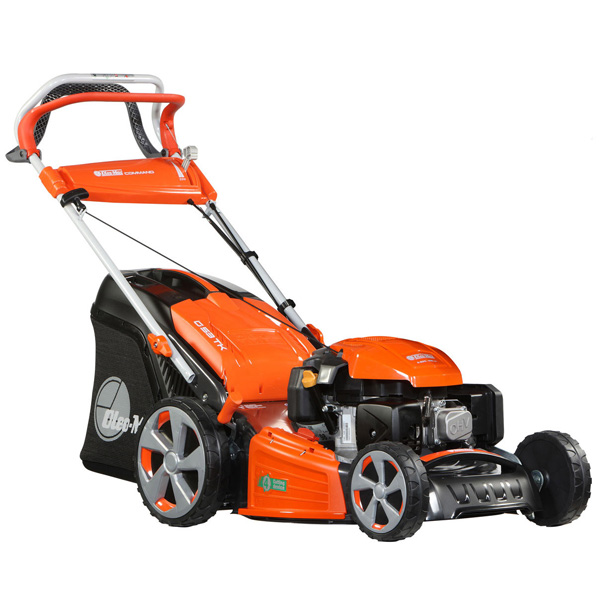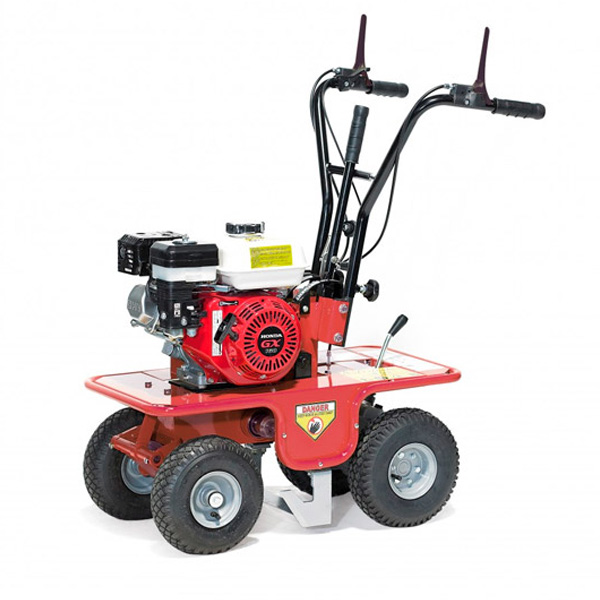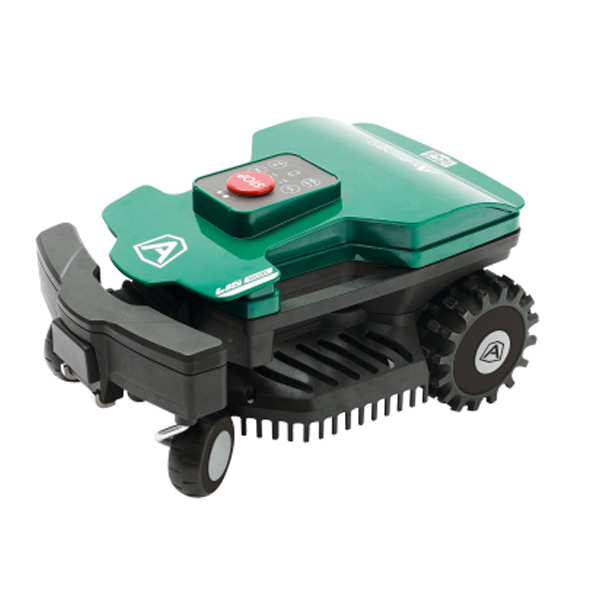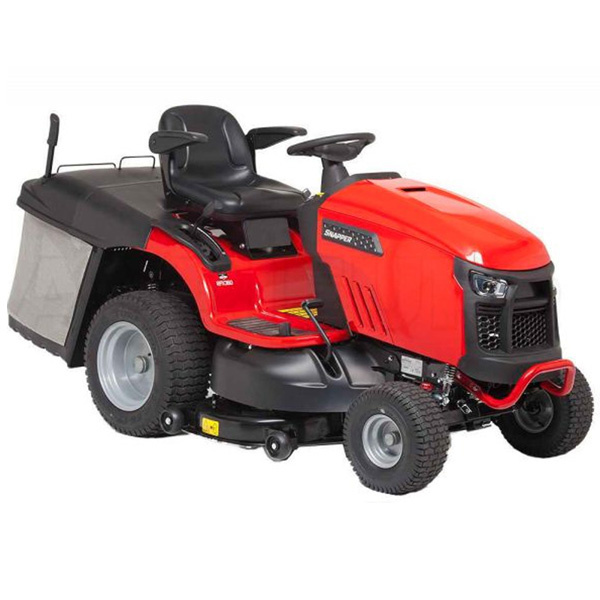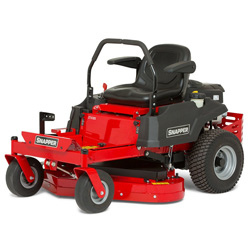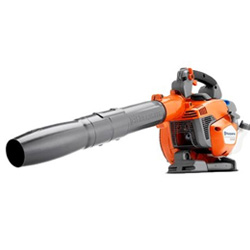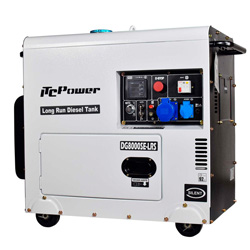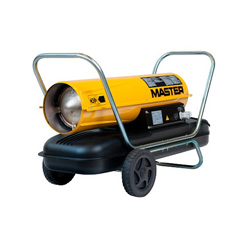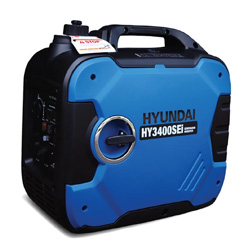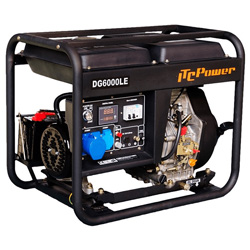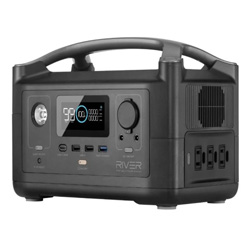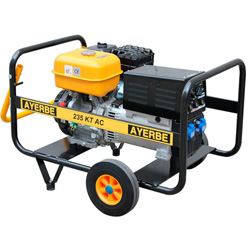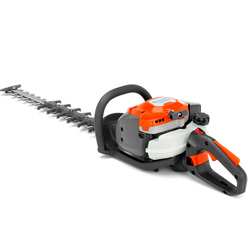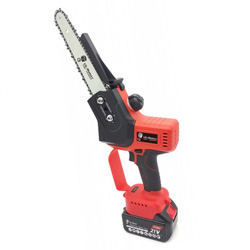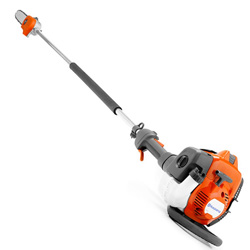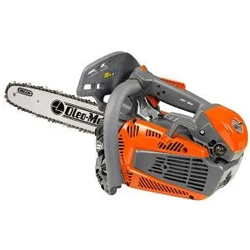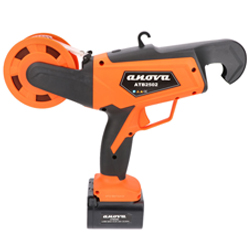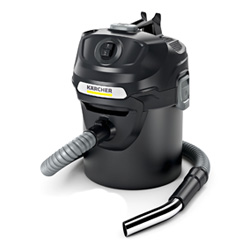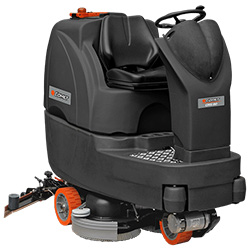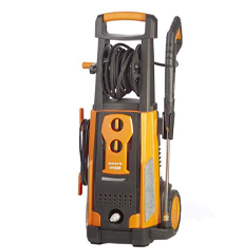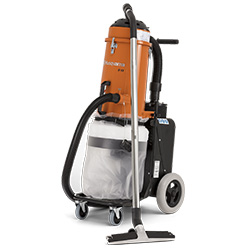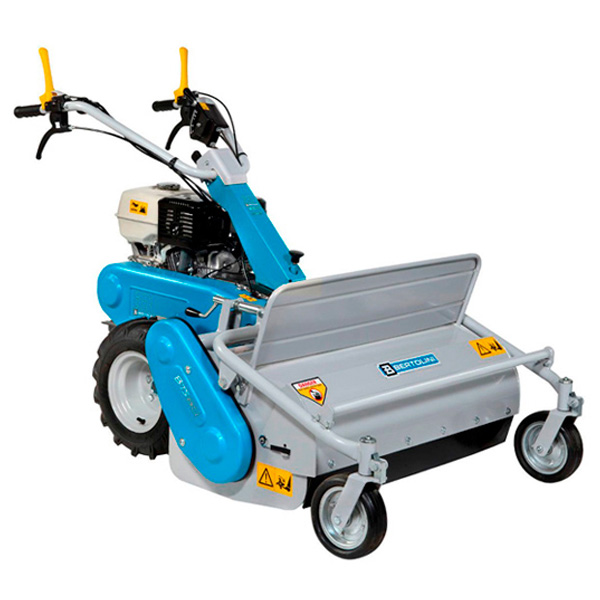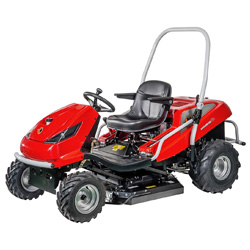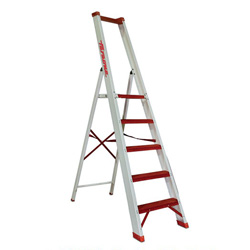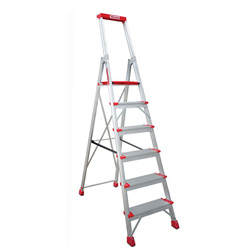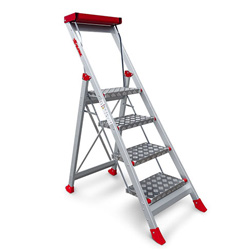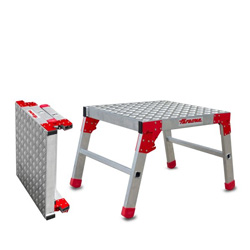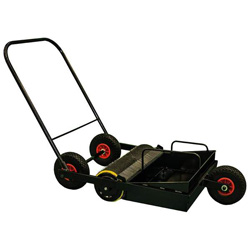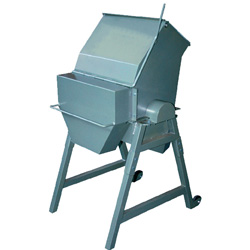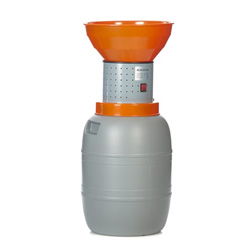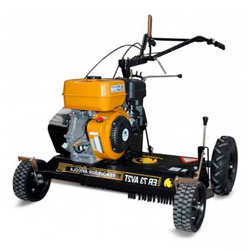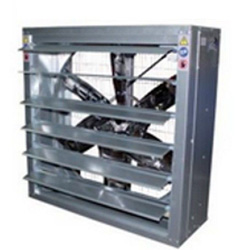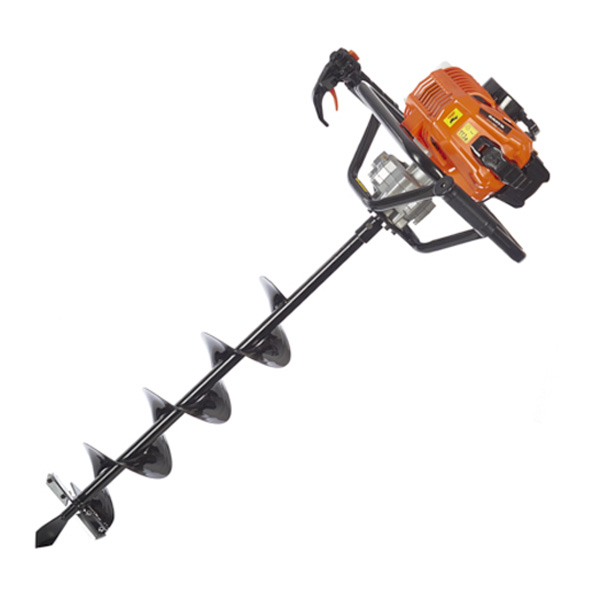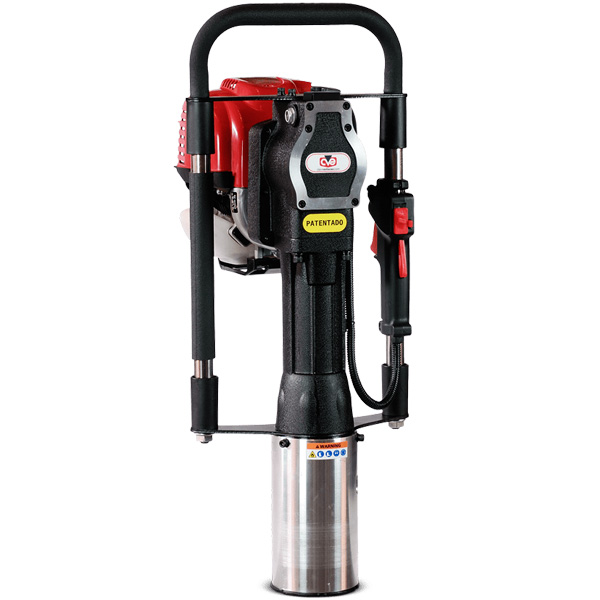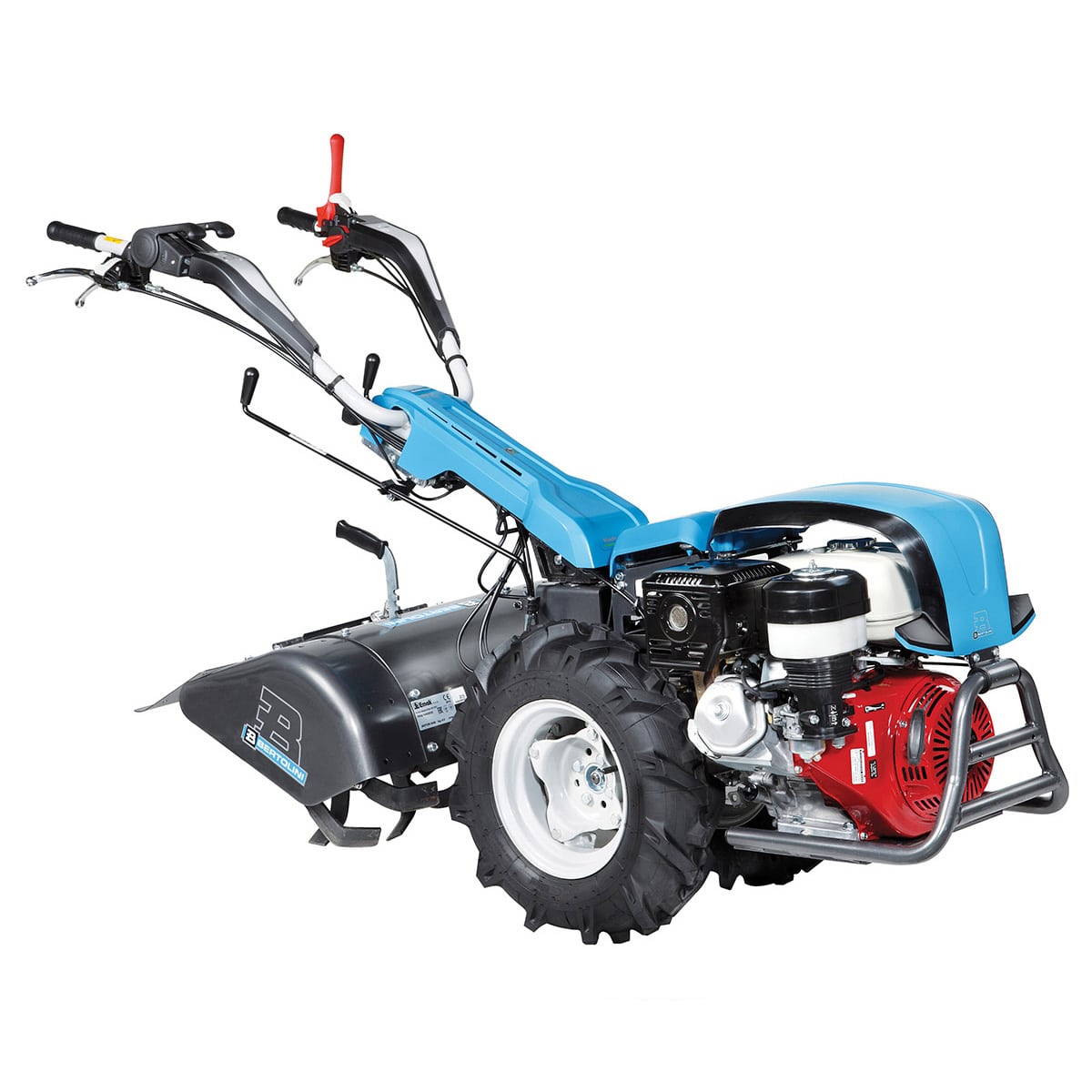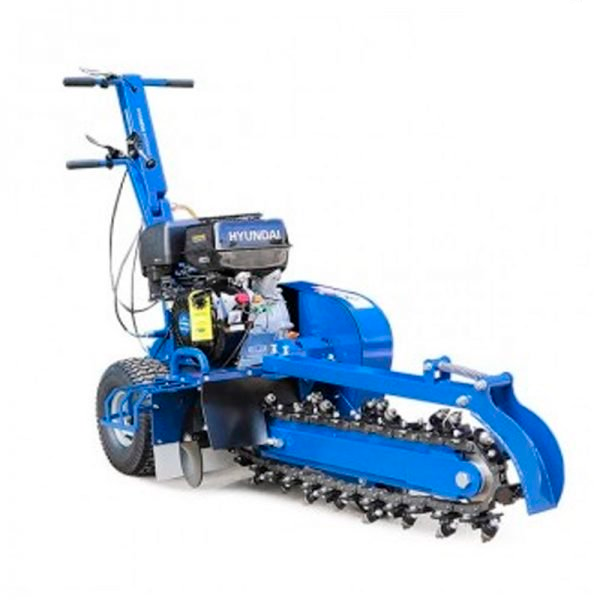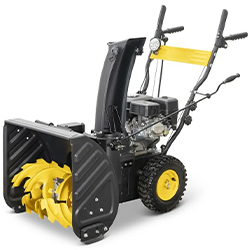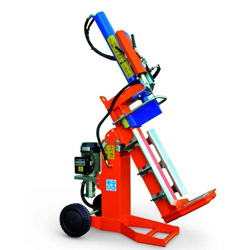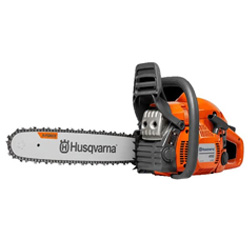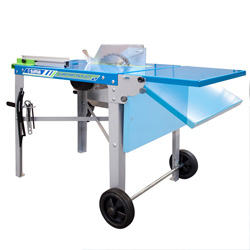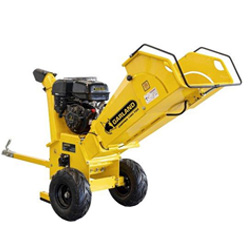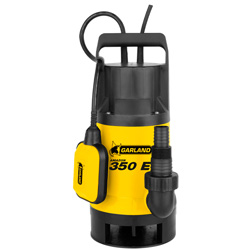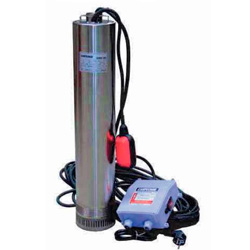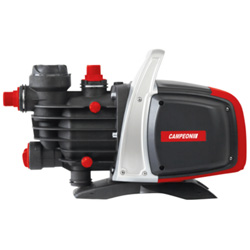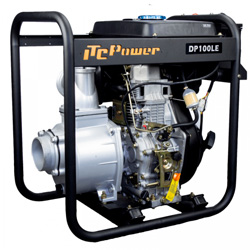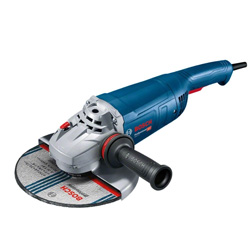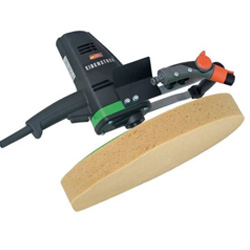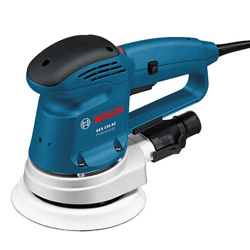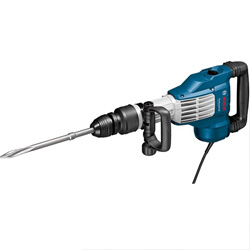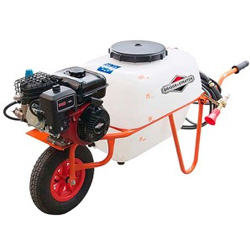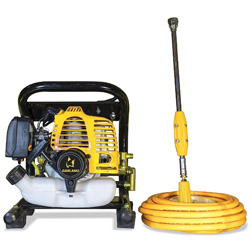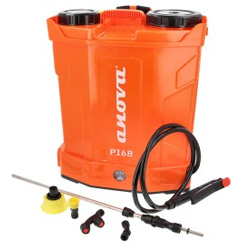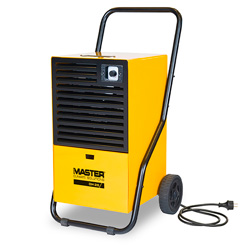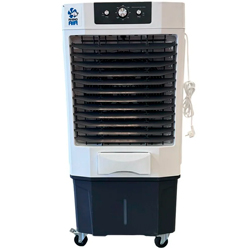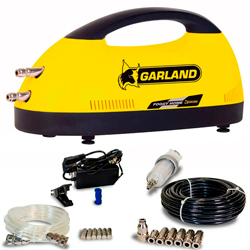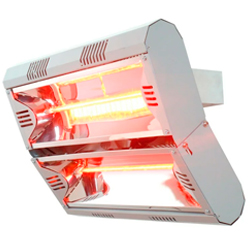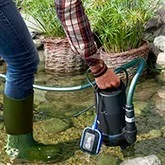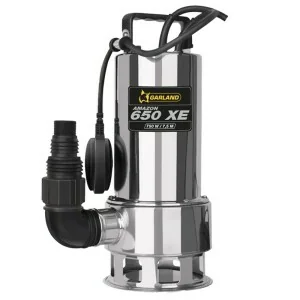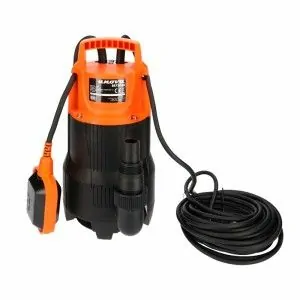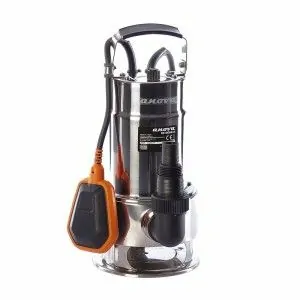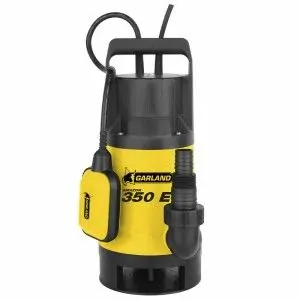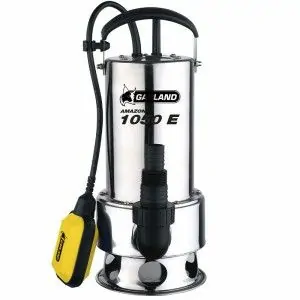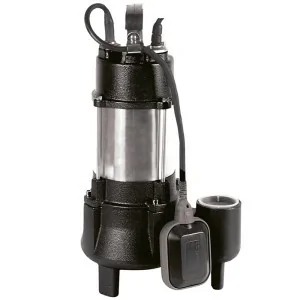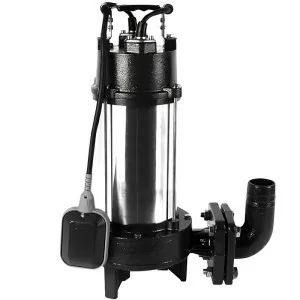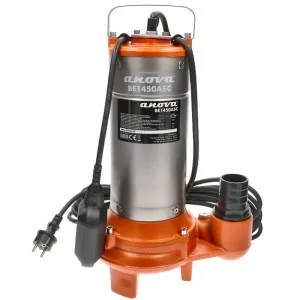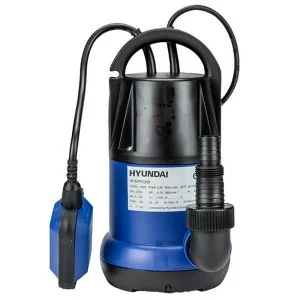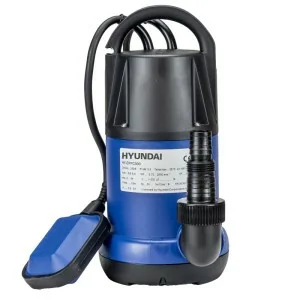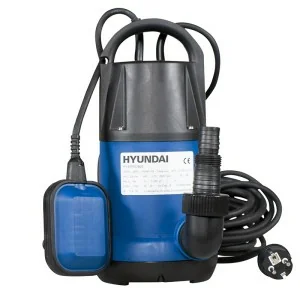how do I know which water pump I need?
When considering the different types of water pumps, it is important to understand the differences between them. There are several types of pumps, such as peristaltic pumps, centrifugal pumps and positive displacement pumps. In addition to these types of pumps, there are also hydraulic ram pumps.
Submersible pumps
A submersible water pump works by pushing water to the surface. Water enters the pump through a foot valve and strikes an impeller. The impeller is a rotating unit with multiple fixed blades. The impeller is connected to the electric motor by a watertight cable.
Water is forced up through the impeller, which has stages. Radial bearings support the shaft, while optional thrust bearings absorb most of the axial force generated in the pump. Steel submersible pumps are capable of working in waters with high concentrations of sand, because the steel screw acts as a functional element.
Submersible pumps are used in municipal sewage systems as well as in oil and gas processing. They are typically used to move water from a septic tank or treatment facility to a secondary point. They are available in various sizes and are designed to move water without introducing contaminants. The Anova BE750AS water pump, comes with a flow rate of 233 l/m and has a power rating of 750W.

Centrifugal pumps
Centrifugal water pumps work by pumping liquid through an impeller, a rotating set of curved vanes. The rotating impeller creates pressure in the liquid, which forces it out of the pump through the discharge nozzle. This mechanism is also known as forced vortex flow.
Centrifugal pumps are versatile and can handle a wide range of applications. Their characteristics include high flow rates, compatibility with abrasive solutions and high mixing potential. They are also commonly used in agricultural, municipal and construction applications. These pumps can be made from a variety of materials, such as plastic, bronze and stainless steel. They also require minimal maintenance.
Head is an important consideration when selecting a centrifugal water pump. This measurement represents the head at which kinetic energy can be imparted by the pump. It is usually measured in length, but frictional losses must be taken into account. The head must be at least equal to the braking power, which is the power delivered to the pump shaft. A net positive suction head should be used to avoid cavitation problems.
Positive displacement pumps
Positive displacement water pumps are used to transfer fluids through a water system. They are classified into rotary and reciprocating styles. Positive displacement pumps force fluids mechanically through a water system, enclosing a fixed volume and requiring a constant amount of fluid to flow. They are driven by gears, pistons and rollers, and are available in a wide variety of designs.
Positive displacement pumps are very efficient, can handle higher pressures and operate in a wide range of applications. However, they are more difficult to maintain and service than centrifugal pumps.
Peristaltic pumps
Peristaltic water pumps offer a number of advantages, from constant volume capacity to easy cleaning. They are also easy to maintain, require very little service and maintenance, and are extremely cost-effective. Here are some of the main features of peristaltic pumps. You may be surprised at how useful they can be in your own home.
First, a peristaltic water pump is a type of pump that works with a fluid. This type of pump works by drawing a fluid through a tube. The tubing is made of stainless steel (316 stainless steel) or special alloys, glass, cast iron, polypropylene or polyvinylidene. It also comes with a number of accessories, such as hose nipples and gaskets.
Hydraulic ram pumps
Water pumps work by creating a pressure surge when water stops flowing. Typically, this is accomplished with a ram pump that uses plugged PVC piping and check valves to prevent water from flowing downward. This increased pressure is then directed to a smaller pipe, where the water flows against gravity.
There are several types of hydraulic ram pumps. When choosing a pump type, it is important to consider the water source and the final delivery point. To obtain maximum water flow, it is recommended to use a rising main three to five times longer than the delivery pipe. Although the rising main is relatively small, friction losses can reduce pump flow. For this reason, it is important to follow the manufacturer's recommendations for the drive pipe diameter.
A hydraulic ram pump is an efficient mechanical device used to pump small quantities of water. It uses the energy of the water flow to move a small volume uphill. The hydraulic ram pump requires a reliable source of water and a drop of about three to five feet.








